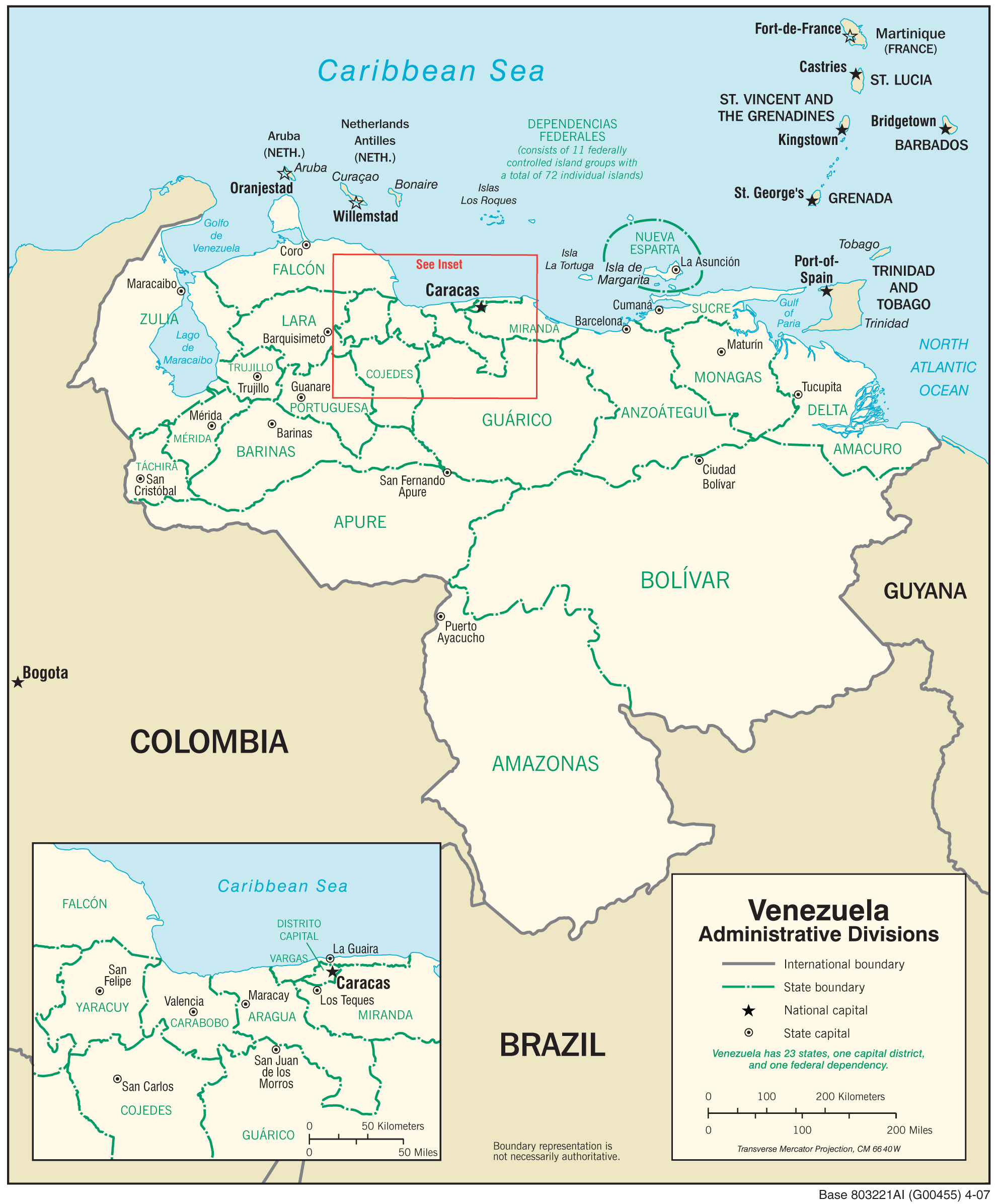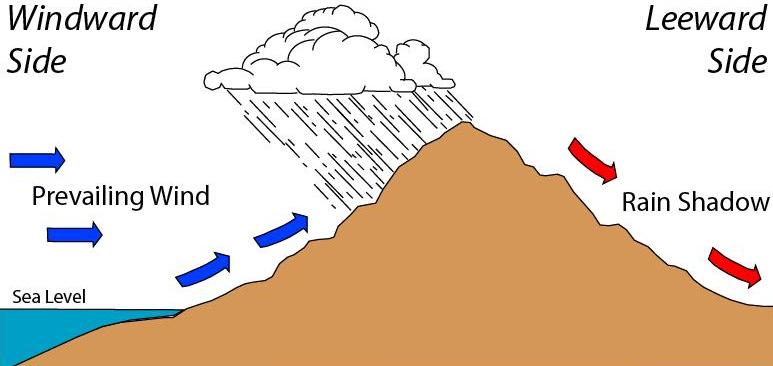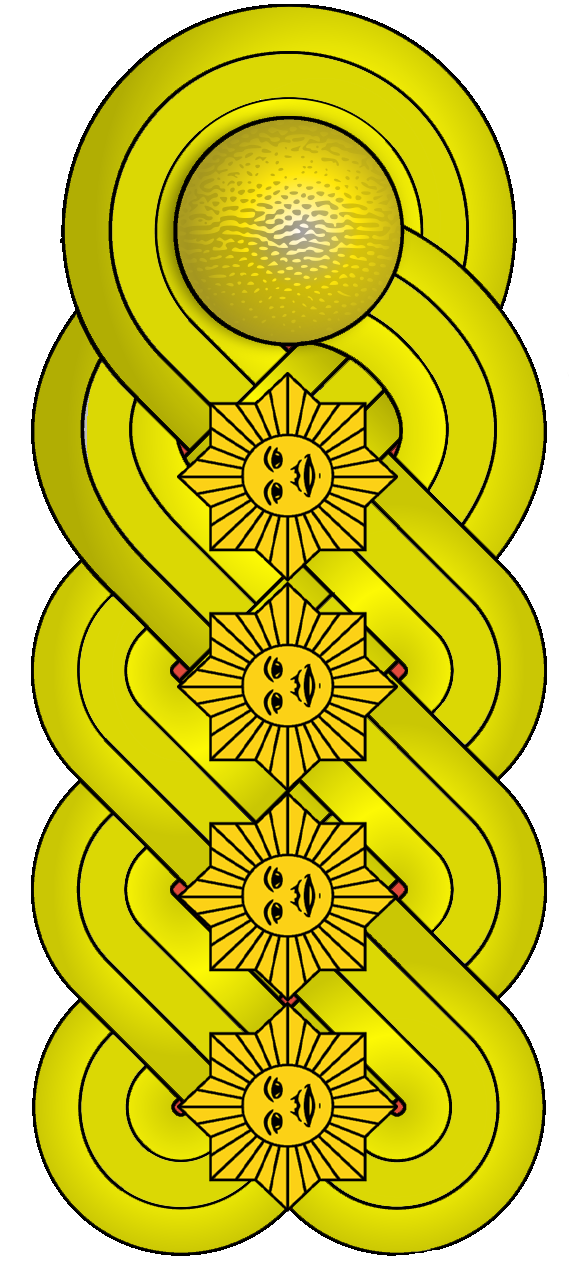|
Barcelona, Anzoátegui
Barcelona is the capital of Anzoátegui State, Venezuela, and was founded in 1671. Together with Puerto La Cruz, Lecheria and Guanta, Barcelona forms one of the most important urban areas of Venezuela, with a population of approximately 950,000. History Spanish Colonization Unlike Puerto La Cruz, which was mostly built in the 20th century, Barcelona has a mish-mash of historical and modern architecture from its several years of growth and development.Krzysztof Dydynski, Charlotte Beech (1972), p.244 The settlement of ''Nueva Barcelona del Cerro Santo'' (), was originally established by the Spanish conquistador Joan Orpí (a native of Piera, Catalonia in Spain) in 1638. It was later re-founded and populated by governor Sancho Fernández de Angulo two kilometres from the original settlement, and by a small community of Catalan colonists around 1671. Barcelona was one of the provinces under the governmental authority of the New Andalusia Province (''Nueva Andalusía'', or Ne ... [...More Info...] [...Related Items...] OR: [Wikipedia] [Google] [Baidu] |
States Of Venezuela
The Venezuela, Bolivarian Republic of Venezuela is a federation made up of twenty-three states ('), a Capital District (Venezuela), Capital District (') and the Federal Dependencies of Venezuela, Federal Dependencies ('), which consist of many List of islands of Venezuela, islands and islets in the Caribbean Sea. Venezuela claims the Guyana–Venezuela territorial dispute, disputed Essequibo territory as one of its states, which it calls Guayana Esequiba, but the territory is controlled by Guyana as part of six of its Regions of Guyana, regions. The states and territories of Venezuela are usually organized into Regions of Venezuela, regions (), although these regions are mostly geographical entities rather than administrative entities. Historical states Prior to the Federal War (1859–1863), the country was divided into provinces rather than states (see Provinces of Venezuela). The victorious forces were supposed to grant more autonomy to the individual states, but this w ... [...More Info...] [...Related Items...] OR: [Wikipedia] [Google] [Baidu] |
New Andalusia Province
New Andalusia Province or Province of Cumaná (1537–1864) was a province of the Spanish Empire, and later of Gran Colombia and Venezuela. It included the territory of present-day Venezuelan states Sucre, Anzoátegui and Monagas. Its most important cities were the Capital City Cumaná and New Barcelona. Spanish Empire Its provincial capital, Cumaná, was refounded in 1569 by explorer Diego Hernández de Serpa. The Province originally comprised what is now eastern Venezuela, western Guyana, and far northern Brazil. In the following centuries, its jurisdiction was reduced to Cumaná and Barcelona and was synonymous with Cumaná Province. Early in its history, the conquistador Joan Orpí founded a new Province, of ''Nueva Cataluña'' (New Catalonia), also known as ''New Barcelona'' after its capital, Barcelona, partly from territory belonging to New Andalusia. This lasted from 1637 to 1654, when it was incorporated into New Andalusia. Guayana Province (created 1585) provided ... [...More Info...] [...Related Items...] OR: [Wikipedia] [Google] [Baidu] |
Curaçao
Curaçao, officially the Country of Curaçao, is a constituent island country within the Kingdom of the Netherlands, located in the southern Caribbean Sea (specifically the Dutch Caribbean region), about north of Venezuela. Curaçao includes the main island of Curaçao and the much smaller, uninhabited island of Klein Curaçao ("Little Curaçao"). Curaçao has a population of 158,665 (January 2019 estimate), with an area of ; its capital is Willemstad. Together with Aruba and Bonaire, Curaçao forms the ABC islands (Leeward Antilles), ABC islands. Collectively, Curaçao, Aruba, and other Dutch islands in the Caribbean are often called the Dutch Caribbean. It is the largest of the ABC islands in terms of area, as well as in terms of population, and is the largest in the Dutch Caribbean. The island's name "Curaçao" may originate from the indigenous autonym of its people; this idea is supported by early Spanish accounts referring to the inhabitants as Indios Curaçaos. Curaç ... [...More Info...] [...Related Items...] OR: [Wikipedia] [Google] [Baidu] |
Netherlands
, Terminology of the Low Countries, informally Holland, is a country in Northwestern Europe, with Caribbean Netherlands, overseas territories in the Caribbean. It is the largest of the four constituent countries of the Kingdom of the Netherlands. The Netherlands consists of Provinces of the Netherlands, twelve provinces; it borders Germany to the east and Belgium to the south, with a North Sea coastline to the north and west. It shares Maritime boundary, maritime borders with the United Kingdom, Germany, and Belgium. The official language is Dutch language, Dutch, with West Frisian language, West Frisian as a secondary official language in the province of Friesland. Dutch, English_language, English, and Papiamento are official in the Caribbean Netherlands, Caribbean territories. The people who are from the Netherlands is often referred to as Dutch people, Dutch Ethnicity, Ethnicity group, not to be confused by the language. ''Netherlands'' literally means "lower countries" i ... [...More Info...] [...Related Items...] OR: [Wikipedia] [Google] [Baidu] |
NOAA
The National Oceanic and Atmospheric Administration (NOAA ) is an American scientific and regulatory agency charged with forecasting weather, monitoring oceanic and atmospheric conditions, charting the seas, conducting deep-sea exploration, and managing fishing and protection of marine mammals and endangered species in the US exclusive economic zone. The agency is part of the United States Department of Commerce and is headquartered in Silver Spring, Maryland. History NOAA traces its history back to multiple agencies, some of which are among the earliest in the federal government: * United States Coast and Geodetic Survey, formed in 1807 * Weather Bureau of the United States, formed in 1870 * Bureau of Commercial Fisheries, formed in 1871 (research fleet only) * Coast and Geodetic Survey Corps, formed in 1917 The most direct predecessor of NOAA was the Environmental Science Services Administration (ESSA), into which several existing scientific agencies such as the ... [...More Info...] [...Related Items...] OR: [Wikipedia] [Google] [Baidu] |
Rain Shadow
A rain shadow is an area of significantly reduced rainfall behind a mountainous region, on the side facing away from prevailing winds, known as its leeward side. Evaporated moisture from body of water, bodies of water (such as oceans and large lakes) is carried by the prevailing sea breeze, onshore breezes towards the drier and hotter inland areas. When encountering elevated landforms, the moist air is orographic lift, driven upslope towards the summit, peak, where it expands, cools, and its moisture condenses and starts to Precipitation, precipitate. If the landforms are tall and wide enough, most of the humidity will be lost to precipitation over the windward side (also known as the ''rainward'' side) before ever making it past the top. As the air descends the leeward side of the landforms, it is compressed and heated, producing Foehn winds that ''absorb'' moisture downslope and cast a broad "shadow" of arid, dry climate region behind the ridge, mountain crests. This climate ... [...More Info...] [...Related Items...] OR: [Wikipedia] [Google] [Baidu] |
Semi-arid Climate
A semi-arid climate, semi-desert climate, or steppe climate is a dry climate sub-type. It is located on regions that receive precipitation below potential evapotranspiration, but not as low as a desert climate. There are different kinds of semi-arid climates, depending on variables such as temperature, and they give rise to different biomes. Defining attributes of semi-arid climates A more precise definition is given by the Köppen climate classification, which treats steppe climates (''BSh'' and ''BSk'') as intermediates between desert climates (BW) and humid climates (A, C, D) in ecological characteristics and agricultural potential. Semi-arid climates tend to support short, thorny or scrubby vegetation and are usually dominated by either grasses or shrubs as they usually cannot support forests. To determine if a location has a semi-arid climate, the precipitation threshold must first be determined. The method used to find the precipitation threshold (in millimeters): * ... [...More Info...] [...Related Items...] OR: [Wikipedia] [Google] [Baidu] |
Mochima National Park
Mochima National Park ( ) is located in the States of Anzoátegui and Sucre, on the northeastern coast of Venezuela. The park covers 94,935 hectares and is made up of an exclusively marine area in its western sector (Anzoátegui State), a coastal marine area that includes the Gulf of Santa Fé and Mochima Bay, and a mountainous area that covers the Turimiquire Dam watershed (Sucre State). Mochima Park was created to protect the montane forests of the Turimiquire Range and the country's eastern Caribbean Sea marine landscapes. However, this is one of the most threatened parks in Venezuela. Recently two large construction projects have altered the park permanently. A new national highway is being constructed between Puerto La Cruz and Cumana running directly through the park deforesting a 70+ meter wide swath of parkland along its entire course. Adding to this dilemma is a new natural gas pipeline being built to the east running virtually parallel to the new highway. Other threa ... [...More Info...] [...Related Items...] OR: [Wikipedia] [Google] [Baidu] |
Antonio Guzmán Blanco
Antonio Leocadio Guzmán Blanco (28 February 1829 – 28 July 1899) was a Venezuelan military leader, statesman, diplomat and politician. He was the president of Venezuela for , from 1870 until 1877, from 1879 until 1884, and from 1886 until 1887 and General during the Venezuelan Federal War. He was a member of the movement known as ''Liberalismo Amarillo''. Early life and education Guzmán was born in Caracas as the son of Antonio Leocadio Guzmán, a Venezuelan journalist, politician as well as founder of the Liberal Party and Carlota Blanco Jerez de Aristeguieta. Career Military career and ambassador He was banished by the administration of General Julián Castro, and accompanied General Juan Crisóstomo Falcón in his invasion of Venezuela, becoming his general secretary. After the final defeat of Falcón at the Battle of Coplé in September, 1860, Guzmán accompanied his chief in his flight, and was sent to the West Indies to solicit assistance. Toward the end of 18 ... [...More Info...] [...Related Items...] OR: [Wikipedia] [Google] [Baidu] |
José Antonio Páez
José Antonio Páez Herrera (; 13 June 1790 – 6 May 1873) was a Venezuelan politician and military officer who served as the president of Venezuela three times. The first as the 5th president from 1830 to 1835, the second as the 8th president from 1839 to 1843, and the third as the 15th president from 1861 to 1863. He fought against the Spanish Crown for Simón Bolívar during the Venezuelan War of Independence. Páez later led Venezuela's independence from Gran Colombia. Páez dominated the country's politics for most of the next three decades once the country had achieved independence from Gran Colombia, serving either as president or as the power behind puppet presidents. He is considered a prime example of a 19th-century South American caudillo, saddling the country with a legacy of authoritarian rule that lasted with only a few breaks until 1958. He lived in Buenos Aires and New York City during his years in exile and died in the latter in 1873. Biography Early life P� ... [...More Info...] [...Related Items...] OR: [Wikipedia] [Google] [Baidu] |
Venezuelan Independence War
The Venezuelan War of Independence (, 1810–1823) was one of the Spanish American wars of independence of the early nineteenth century, when independence movements in South America fought a civil war for secession and against unity of the Spanish Empire, emboldened by Spain's troubles in the Napoleonic Wars. The establishment of the Supreme Caracas Junta following the forced deposition of Vicente Emparan as Captain General of the Captaincy General of Venezuela on 19 April 1810, marked the beginnings of the war. On 5 July 1811, seven of the ten provinces of the Captaincy General of Venezuela declared their independence in the Venezuelan Declaration of Independence. The First Republic of Venezuela was lost in 1812 following the 1812 Caracas earthquake and the 1812 Battle of La Victoria. Simón Bolívar led an "Admirable Campaign" to retake Venezuela, establishing the Second Republic of Venezuela in 1813; but this too did not last, falling to a combination of a local uprisi ... [...More Info...] [...Related Items...] OR: [Wikipedia] [Google] [Baidu] |






